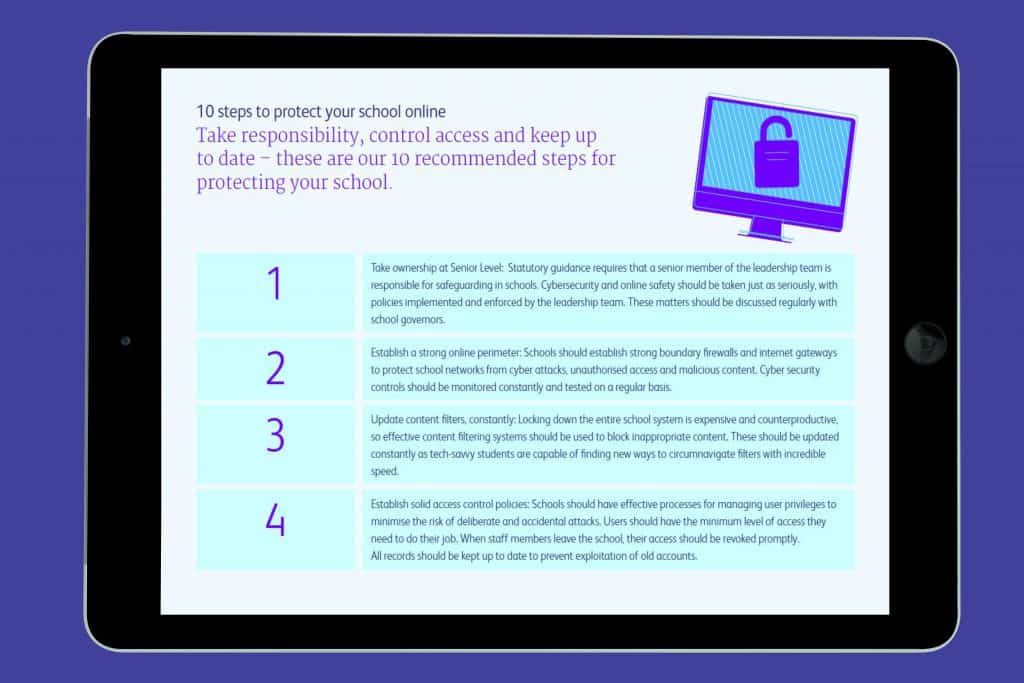Should we teach an Internet Code for children?
The education sector has a role to play in ensuring that the Internet enhances children’s lives. Schools can take action to mitigate the risk of young people coming across unpleasant and harmful material, such as web filtering. A proxy server can control access to content when students browse websites on the school premises or on devices issued by the school whilst at home. Parents likewise can use filters to manage internet access at home. This provides a basic level of protection. It shouldn’t stop there though. It is just as important that the students are educated in how to use the Internet safely. So should we introduce and Internet Code for children?
At primary schools, a police officer will often come in and talk to the children about Stranger Danger. This lesson should continue into secondary schools when talking about online safety. They should learn how people can pretend to be something they are not in cyberspace and this includes in places where their peers hang out such as game rooms on Xbox Live.
The Green Cross Code is also taught to the young so that they can learn to cross a road safely. Perhaps an Internet Code for children could help teach about safe access to the web in a similar way. Stop before opening attachments from people you do not know, look carefully at an offer online before giving away personal details and listen to advice about changing your password regularly. Most of all think before posting intimate or personal information online which could remain there well into your adult work life.
Then there is personal hygiene, which can be translated into keeping PC and mobile devices clean, free of viruses and bloatware. Housekeeping routines such as running software updates and security patches should be as familiar as downloading the latest game. Students should change their passwords as regularly as their hair colour and Internet security should feature in any discussions about managing money. The second part to this element is to be taught what to do when there is a problem and their own PC is compromised, their phone stolen or their personal email hacked.
With the arrival of social media, teenagers have an easy way to interact with their peers. There is a balance here between parents giving their children space to be themselves but protecting them from the risk of cyberbullying and trolling. Parents need to educate themselves in the risks – organisations such as Childline provide advice – whilst encouraging children to behave well online. With the Prevent duty, schools are more aware than ever about the role they have to play in explaining to children what is considered appropriate online behaviour. Banning social media may work at school but peer group pressure to interact on line may overrule this when they get home, so it is important for schools to work in partnership with parents on how best to educate students about social media.
Young people are curious and this is one of the great things about being young. By introducing an Internet Code for children, the education sector can do provide students with tools to understand how to be safe online, how to behave and what to do if they are concerned, whilst enjoying the benefits and freedom of the connected world.
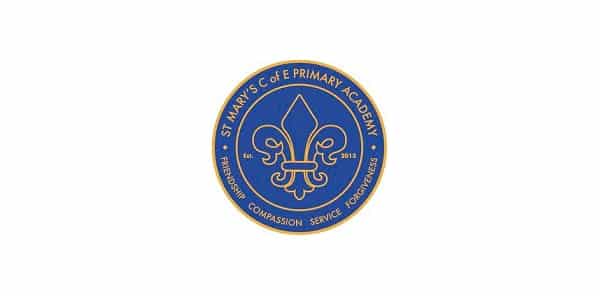
- Education
- Fibre
- Data Security
Folkestone St Mary's C of E Primary Academy
A fast and reliable internet connection is a necessity in the modern classroom, but this must be balanced with the very important matter of safeguarding students.
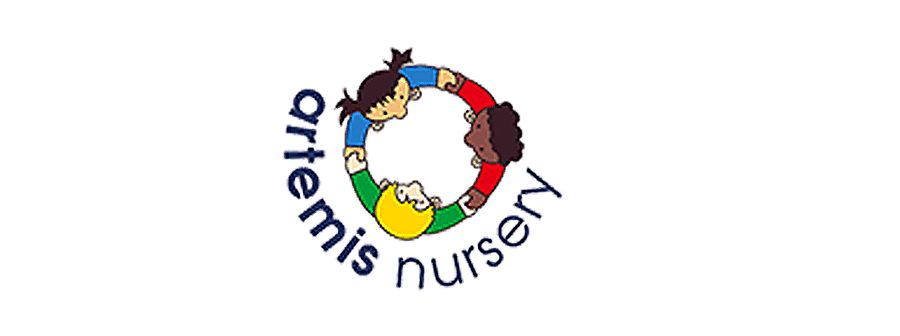
- Education
- FTTC
- Broadband
- WiFi
Artemis Nurseries
Aiming for a paperless system, Artemis’s director, Emma Buggy, needed the right infrastructure to support this new technology.

- BeamRing
- Telephony
- Broadband
- Education
- Not For Profit
Sandown School
Sandown School aims to form close relationships with families & the community. Until recently, the school’s telephone system was not providing the support the school needed.
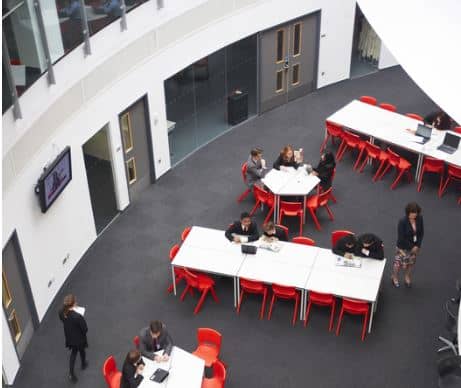
- Education
- Multi-Site
- Leased Lines
- Cost Saving
- Tricky Location
Skinners Kent Academy
Needing a private connection between their two new schools, The Skinners’ Kent Academy shopped around for the most effective and affordable solution. We won on both counts.
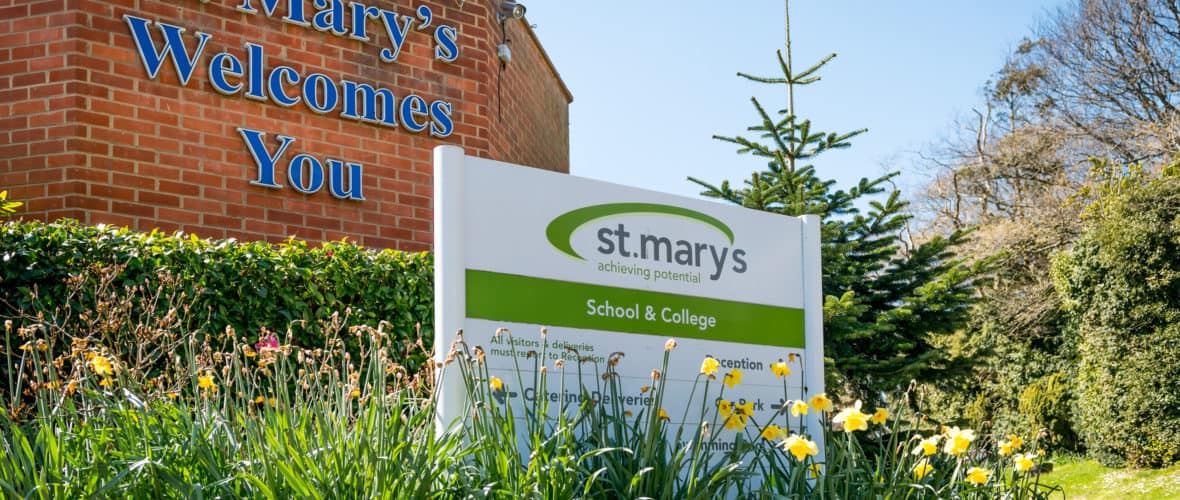
- Education
- Leased Lines
- Digital Transformation
St Mary's School
The students at St Mary’s are already facing their own communication struggles. Our solution has genuinely improved the lives of the young people, their parents and staff alike.

- Education
- Leased Lines
The Sabden Multi Academy Trust
Bringing much-needed synergy to some very special schools
